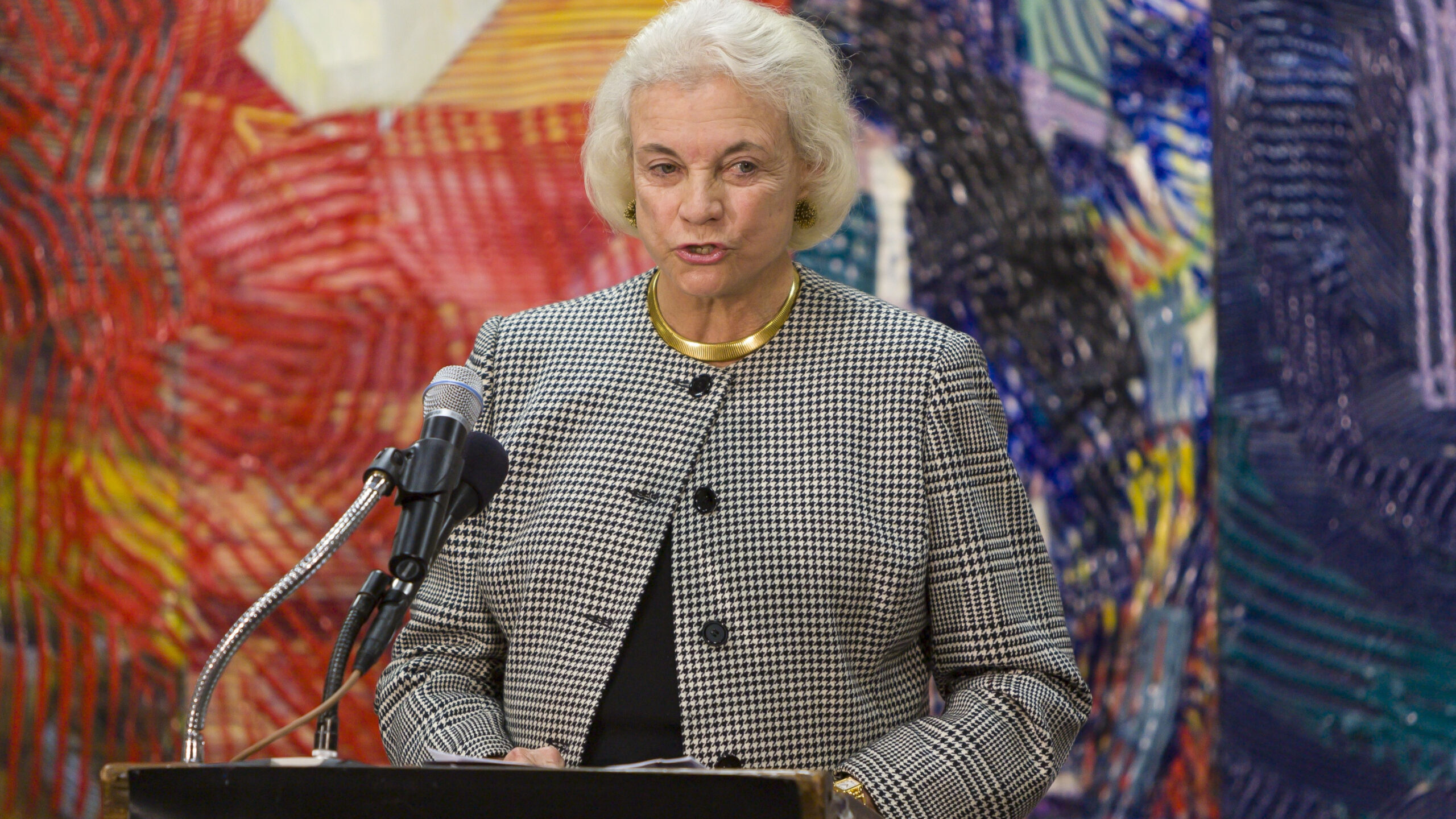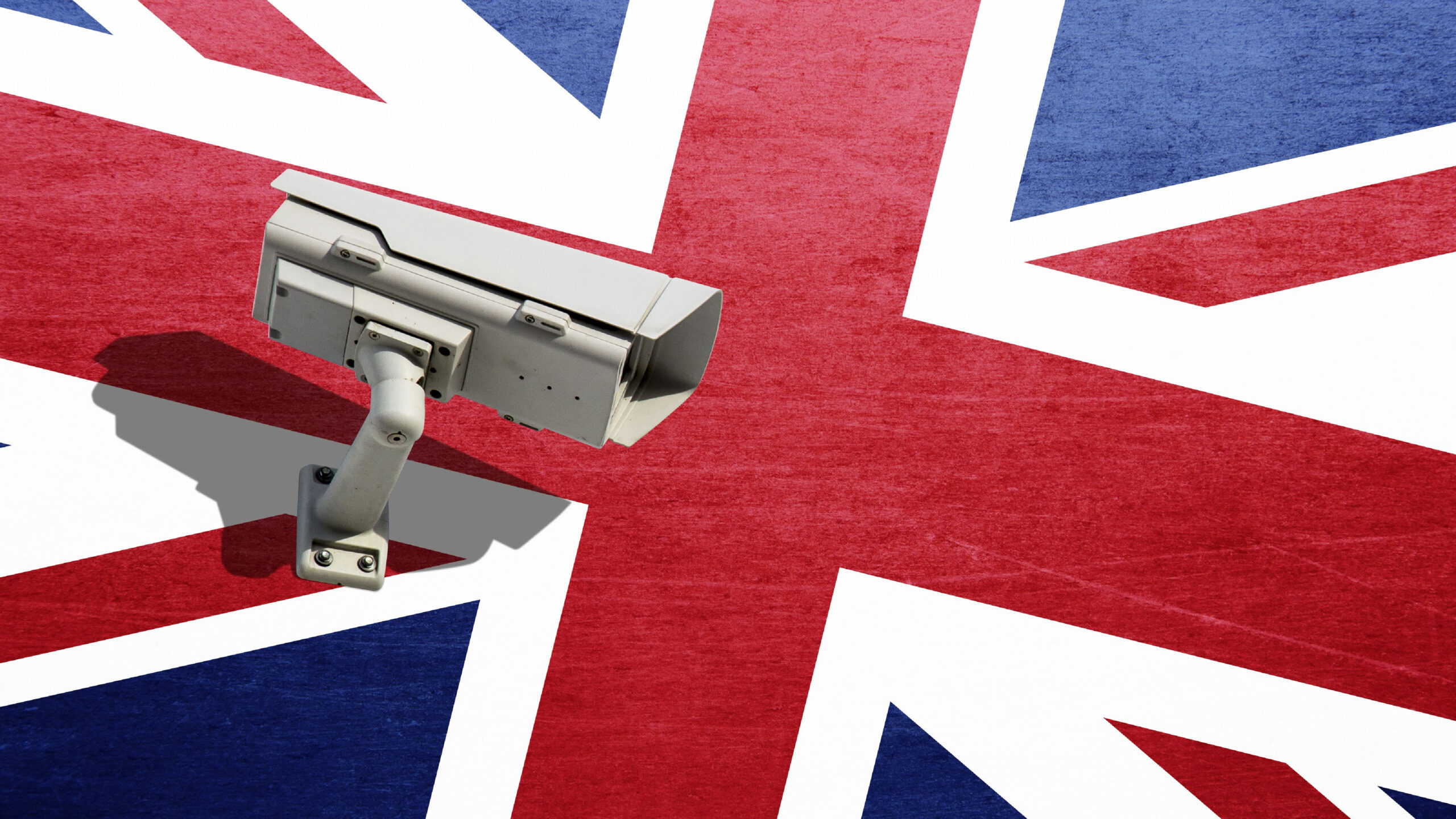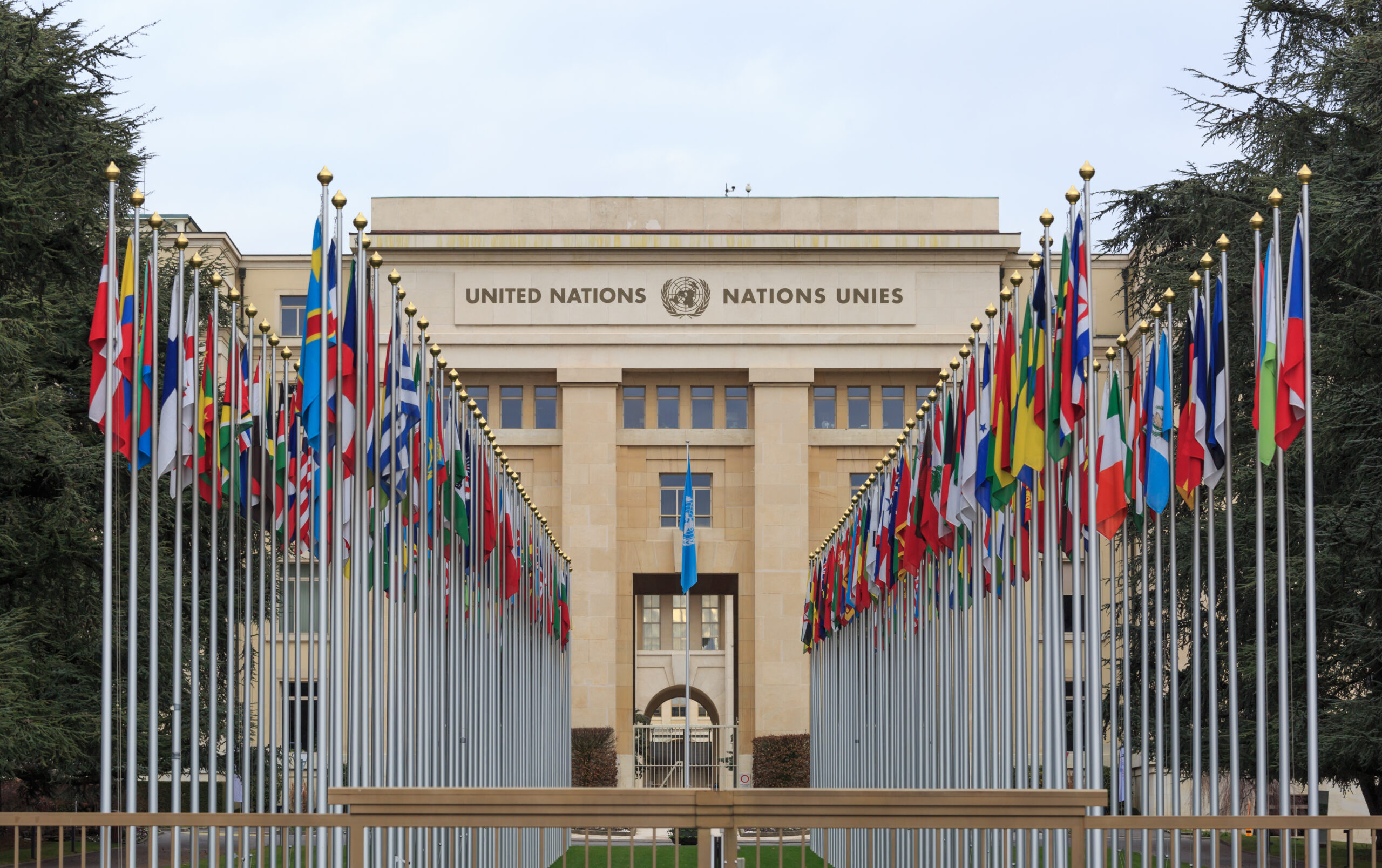World IP Day: Promoting Progress
This is a cross-post from Patent Progress by Joshua Landau. Joshua Landau is the Patent Counsel at the Computer & Communications Industry Association (CCIA), where he represents and advises the association regarding patent issues.
Today, April 26, is World Intellectual Property Day. And in the U.S., Congress is granted the power to create copyrights and patents—two key forms of intellectual property—in the Constitution. Article I, Section 8, Clause 8, grants Congress the power to “promote the Progress of Science and useful Arts, by securing for limited Times to Authors and Inventors the exclusive Right to their respective Writings and Discoveries.”
All too often, discussion of IP focuses on the second half of that clause—securing to authors and inventors their copyrights and patents. But the first half of the clause is crucial to understanding the true purpose of the U.S. intellectual property system.
The goal of IP in the U.S. is not to create exclusive rights. The goal is to foster creativity—to “promote the Progress of Science and useful Arts.” And that goal isn’t served by IP that is stronger than is needed any more than IP that is weaker than is needed. As the Supreme Court recently observed in Google v. Oracle, the award of exclusive rights “can sometimes stand in the way of others exercising their own creative powers” and “stifle the very creativity which that law is designed to foster.”
That’s because the goal isn’t to reward past creativity—it’s to foster future creativity. That’s why the Court observed that the exclusive rights “should not grant anyone more economic power than is necessary to achieve the incentive to create.” Providing an exclusive right as a reward is part of providing that incentive. But if copyright or patent rights provide too much power to a rightsholder who has already created something, it may block others from exercising their own creativity, leading to less future progress.
That’s why it’s key to, when we think about IP, think about the balance that the Court discussed in Oracle. That balance considers both “the legitimate need to provide incentives to produce copyrighted material” and “the extent to which yet further protection creates unrelated or illegitimate harms in other markets or to the development of other products.” That includes ensuring that IP doctrine operates to protect the value of the creativity that the author or inventor contributed, while not giving them control over the value that others have created using that contribution.
This World IP Day, let’s promote progress, but keep an eye on overprotection.








